As part of the recent focus on mill by-products, HCPSL Project CaNE and Project Catalyst staff toured Victoria Mill to develop a stronger understanding of the mill’s operation and generation of mill by-products.
The tour covered the entire process of sugar extraction, highlighting various processes that impact on the quantity and composition of mill mud.
This was the first mill tour for Project CaNE Extension Agronomist Bailey Kilpatrick who appreciated the opportunity to view the milling process from start to finish.
“You can see the effort the Mill is making to extract as much sugar as they can and clean it [from impurities such as mud] as well as they can,’” he shared.
Bailey was interested to see the clarification process with the addition of flocculant and was surprised by the quantity of mud being processed at once through vacuum filtration systems. The automation and chemical inputs such as lime required to keep the juice flowing through evenly also generated interest from the tour group.
Reflecting on the tour, Bailey noted:
“There is actually a lot that goes into getting the mud extracted, it’s not a simple process.“





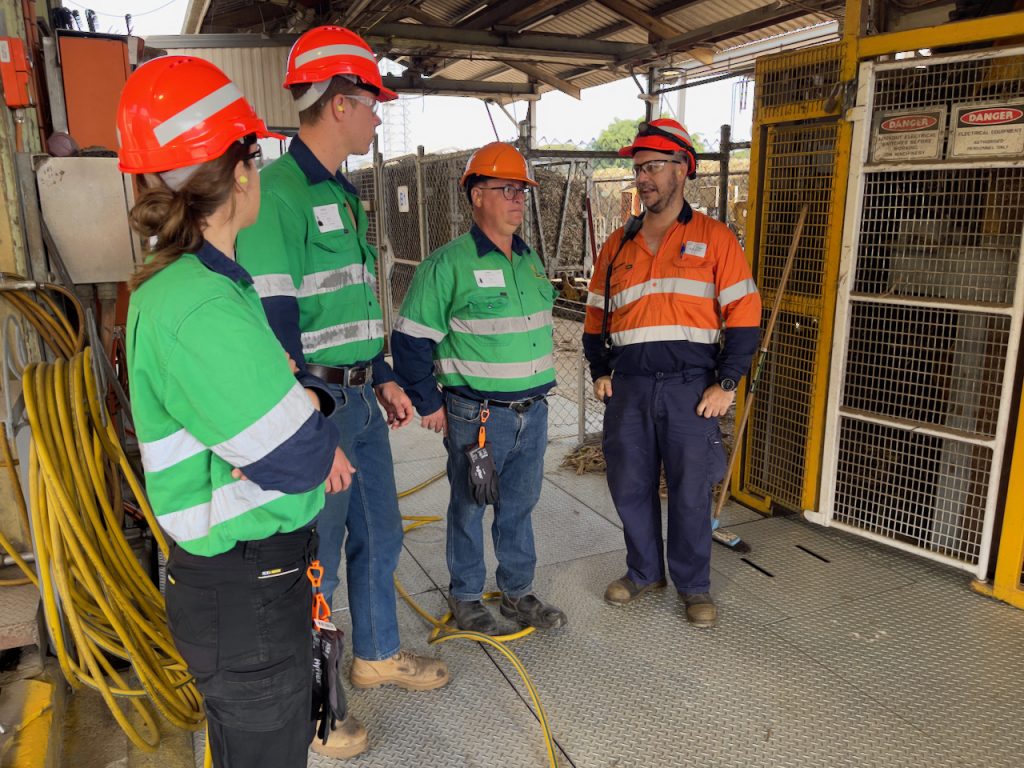
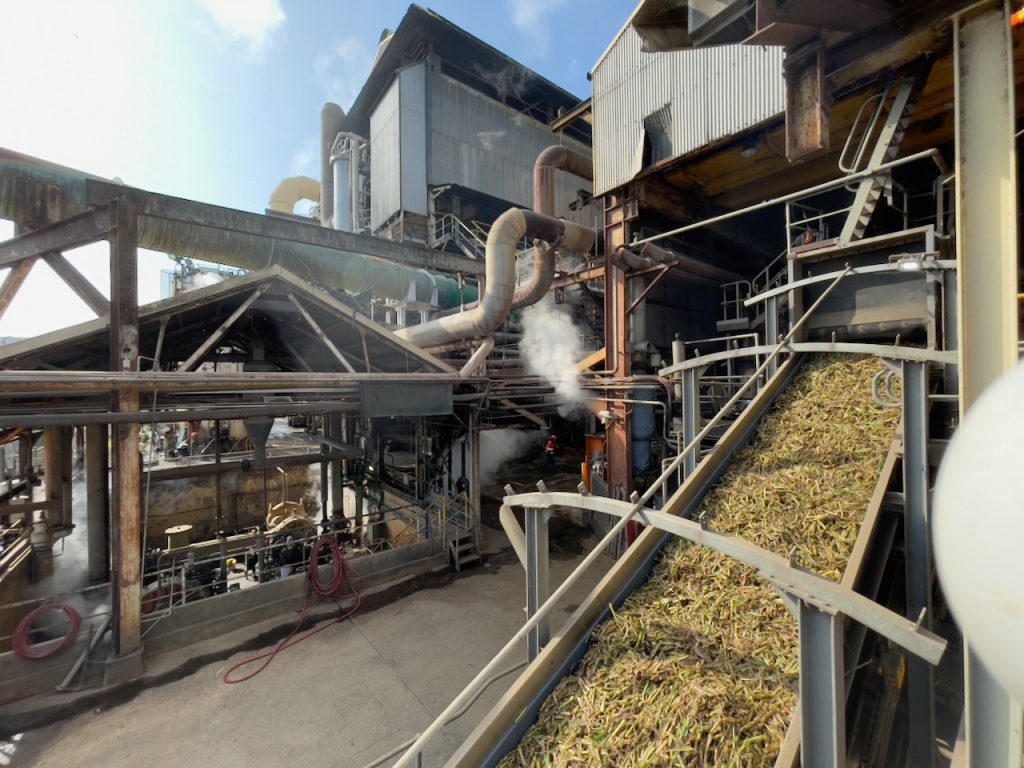
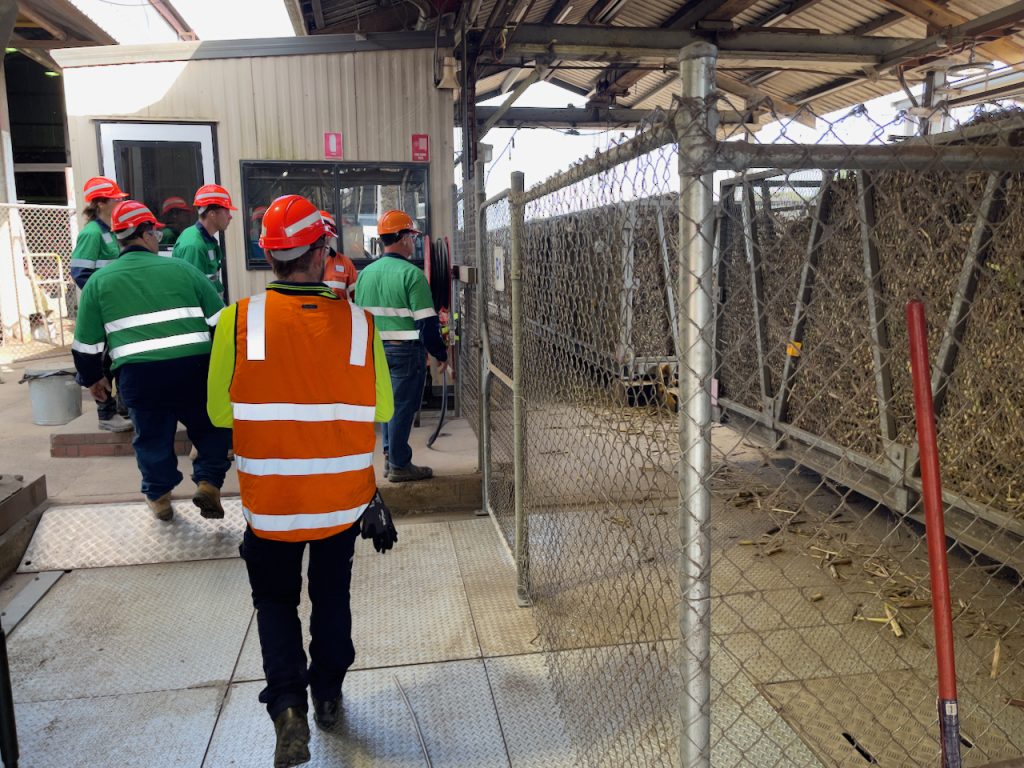
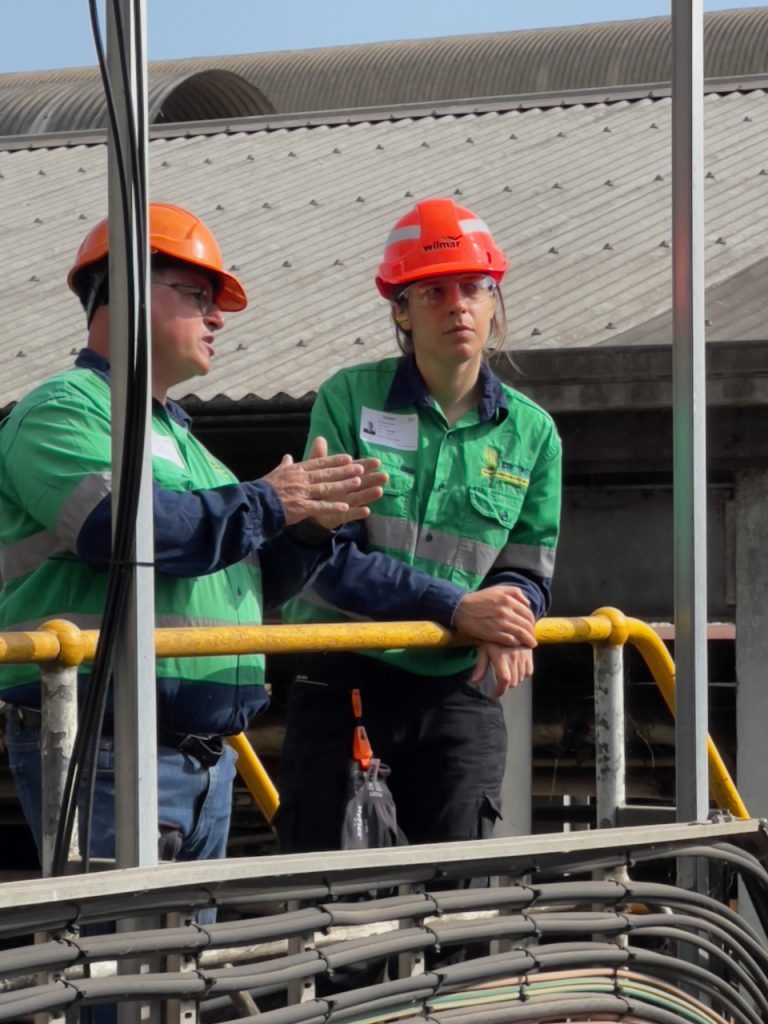
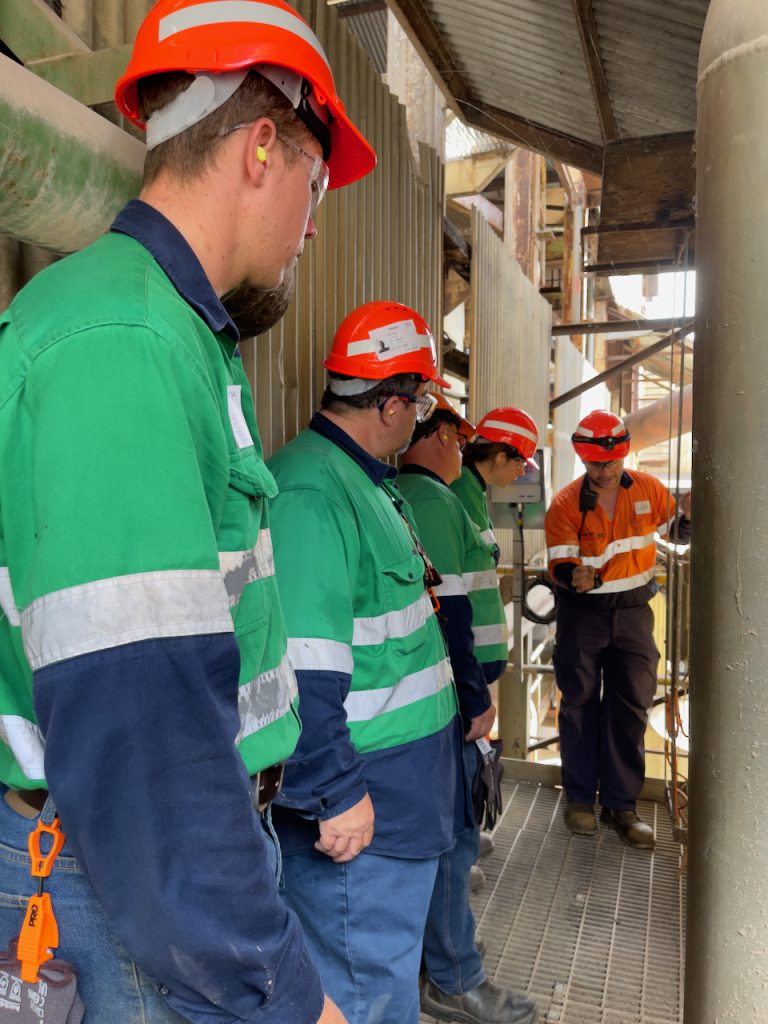

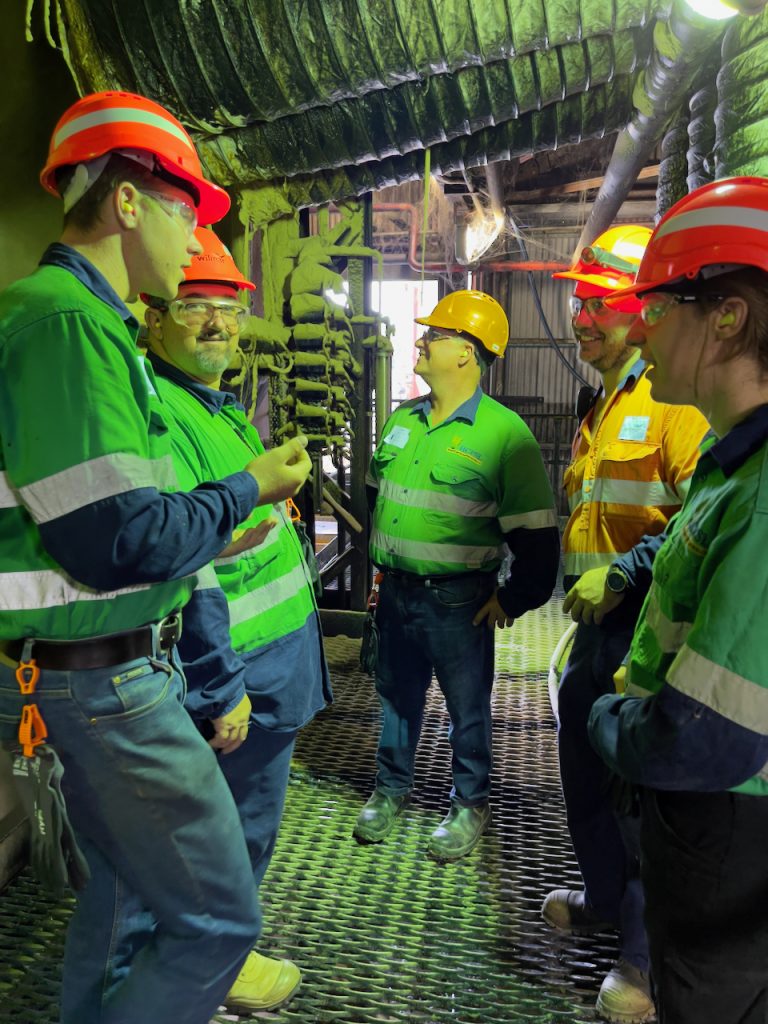

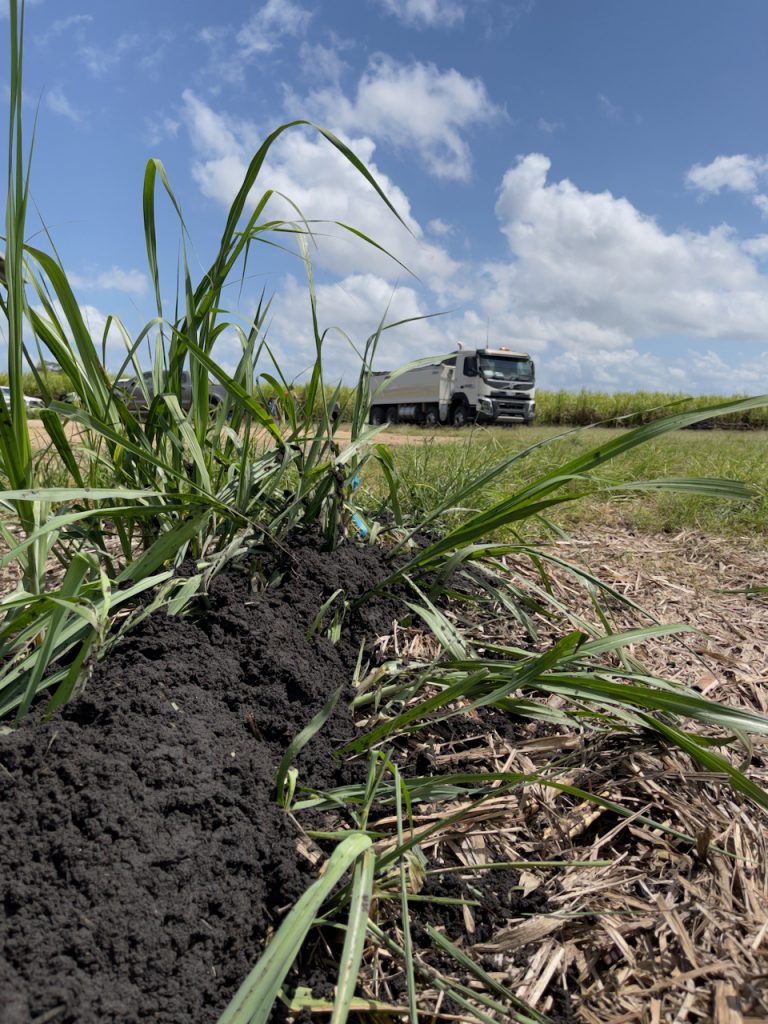
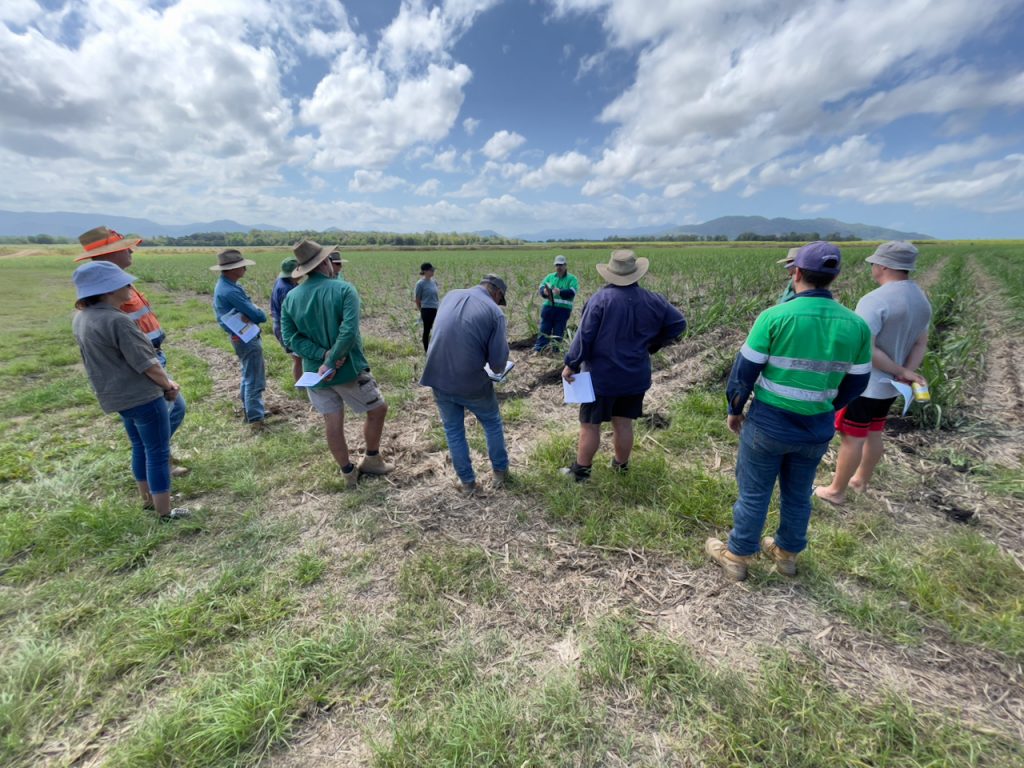


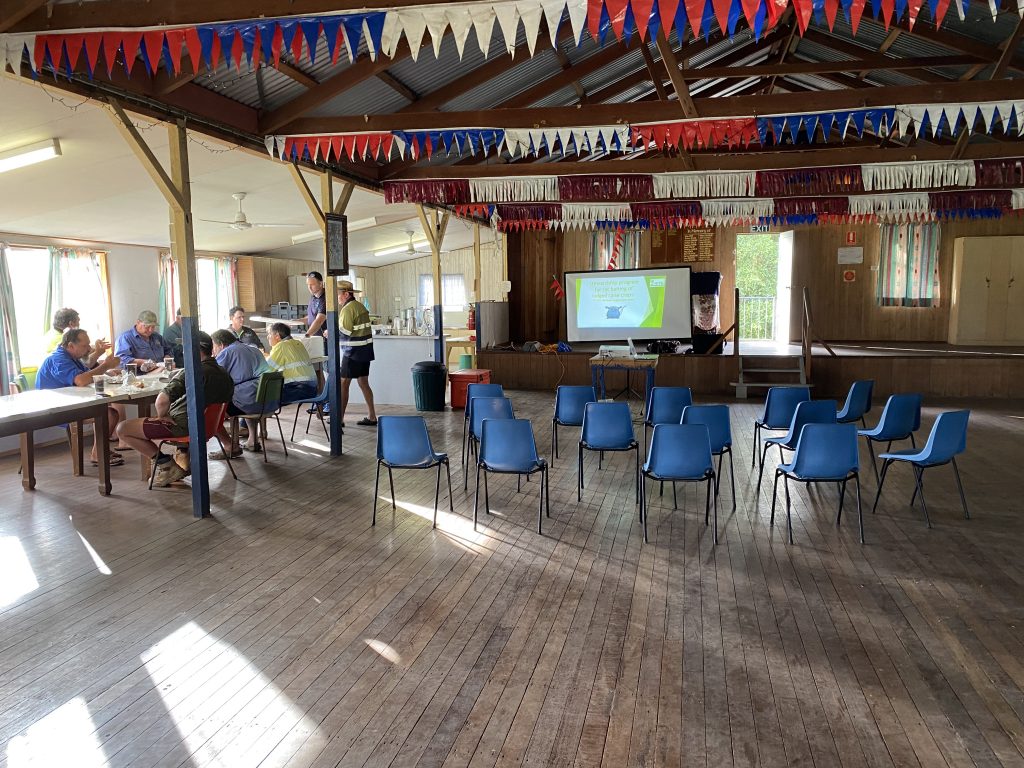



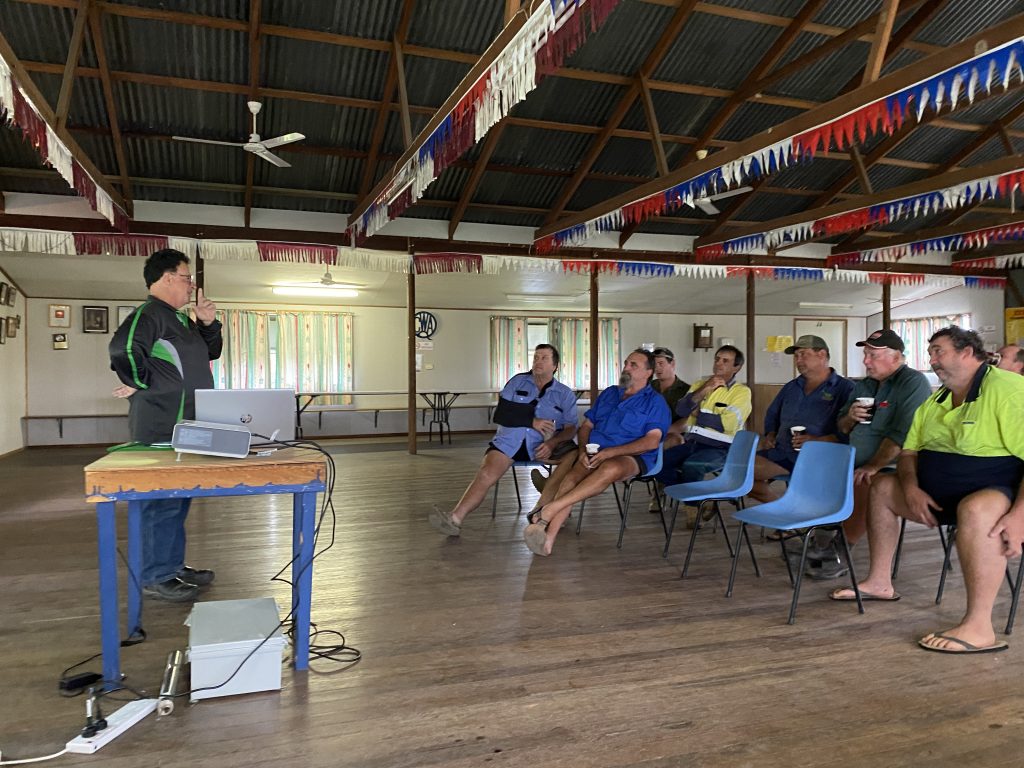
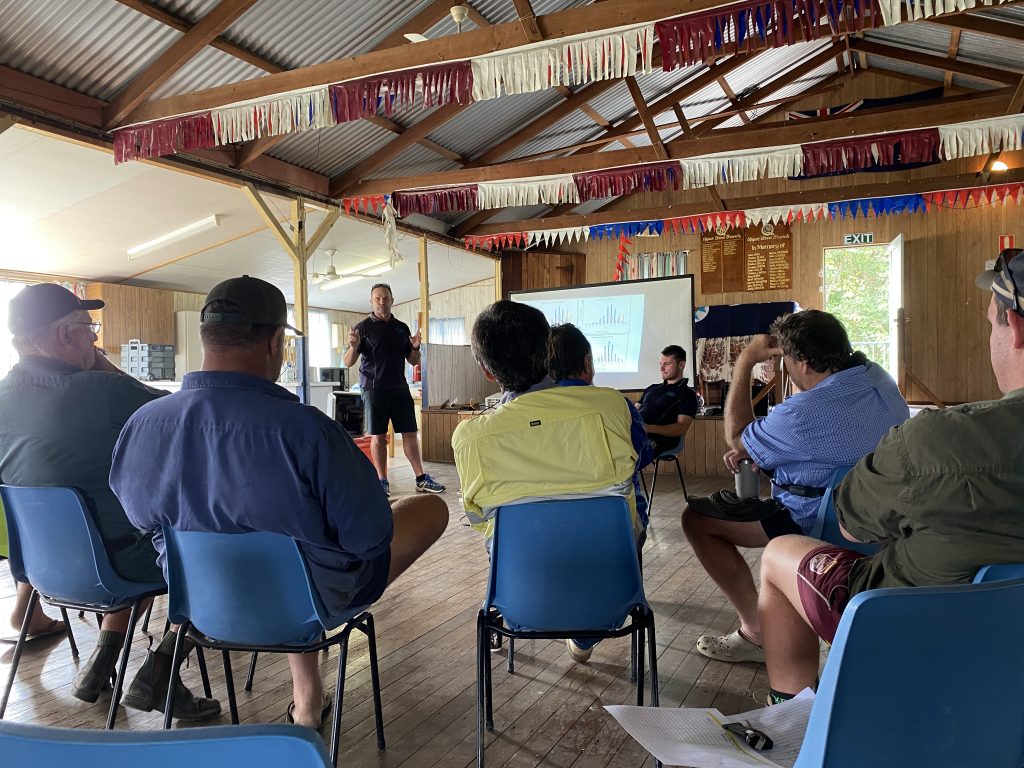

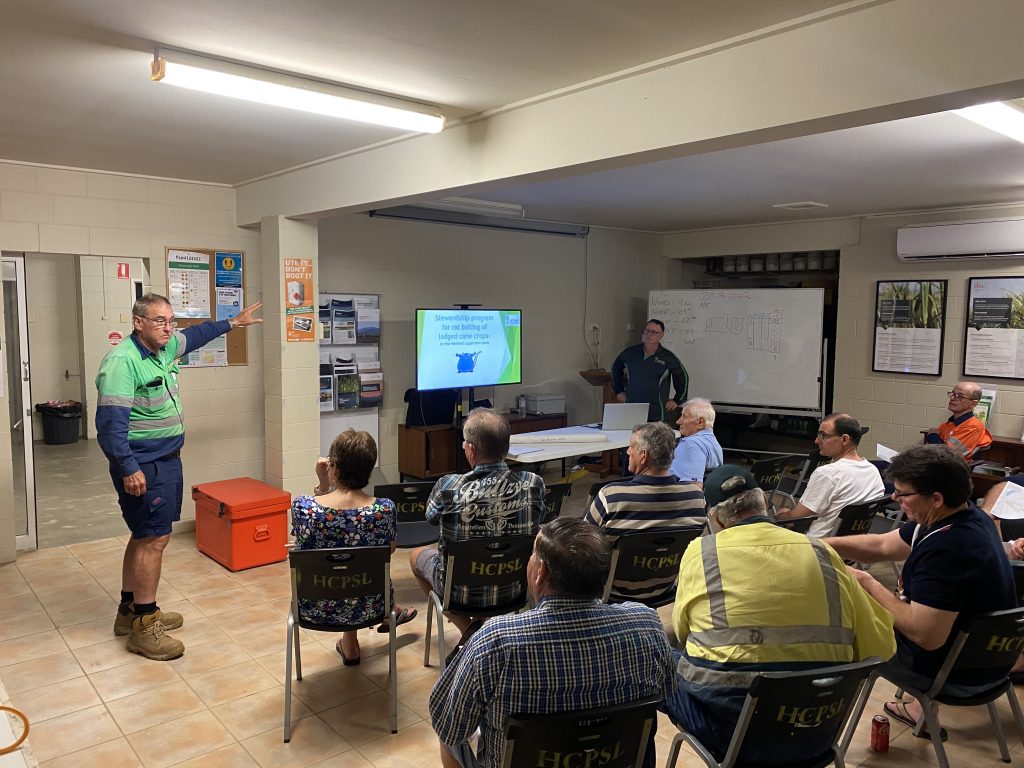

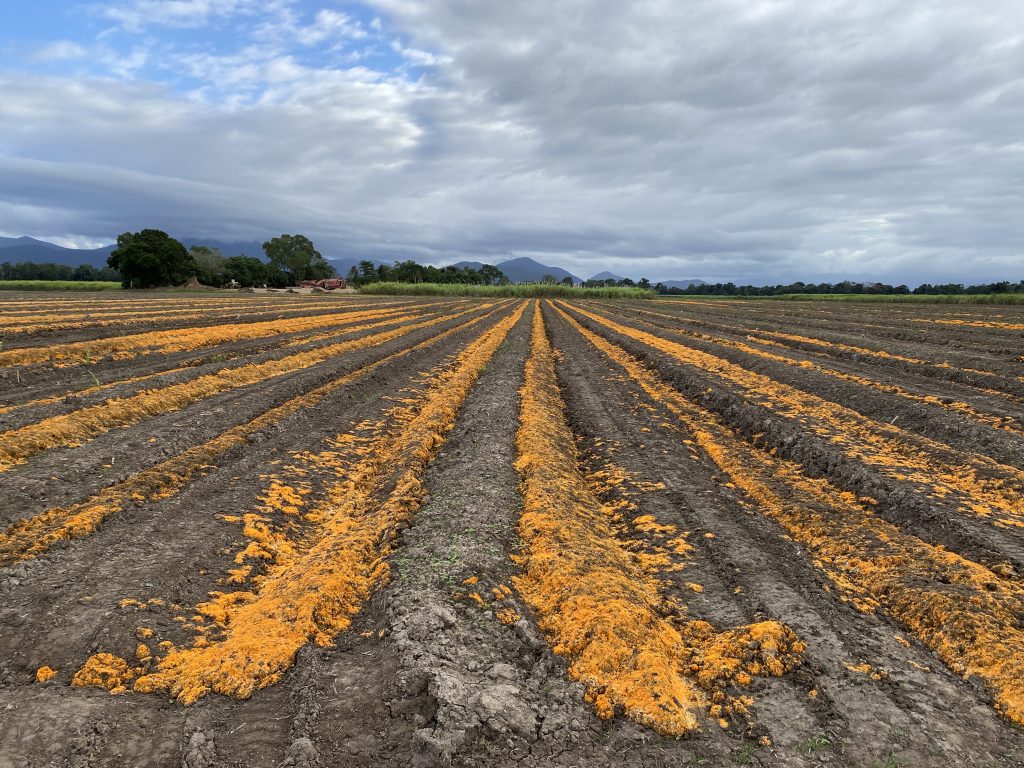
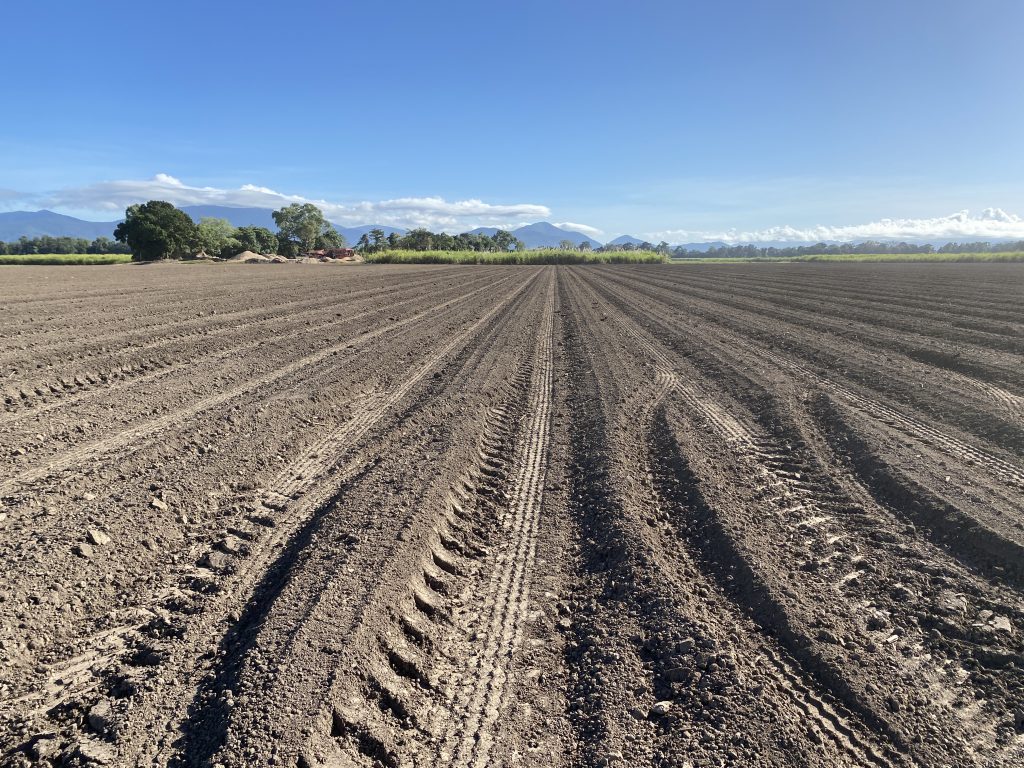
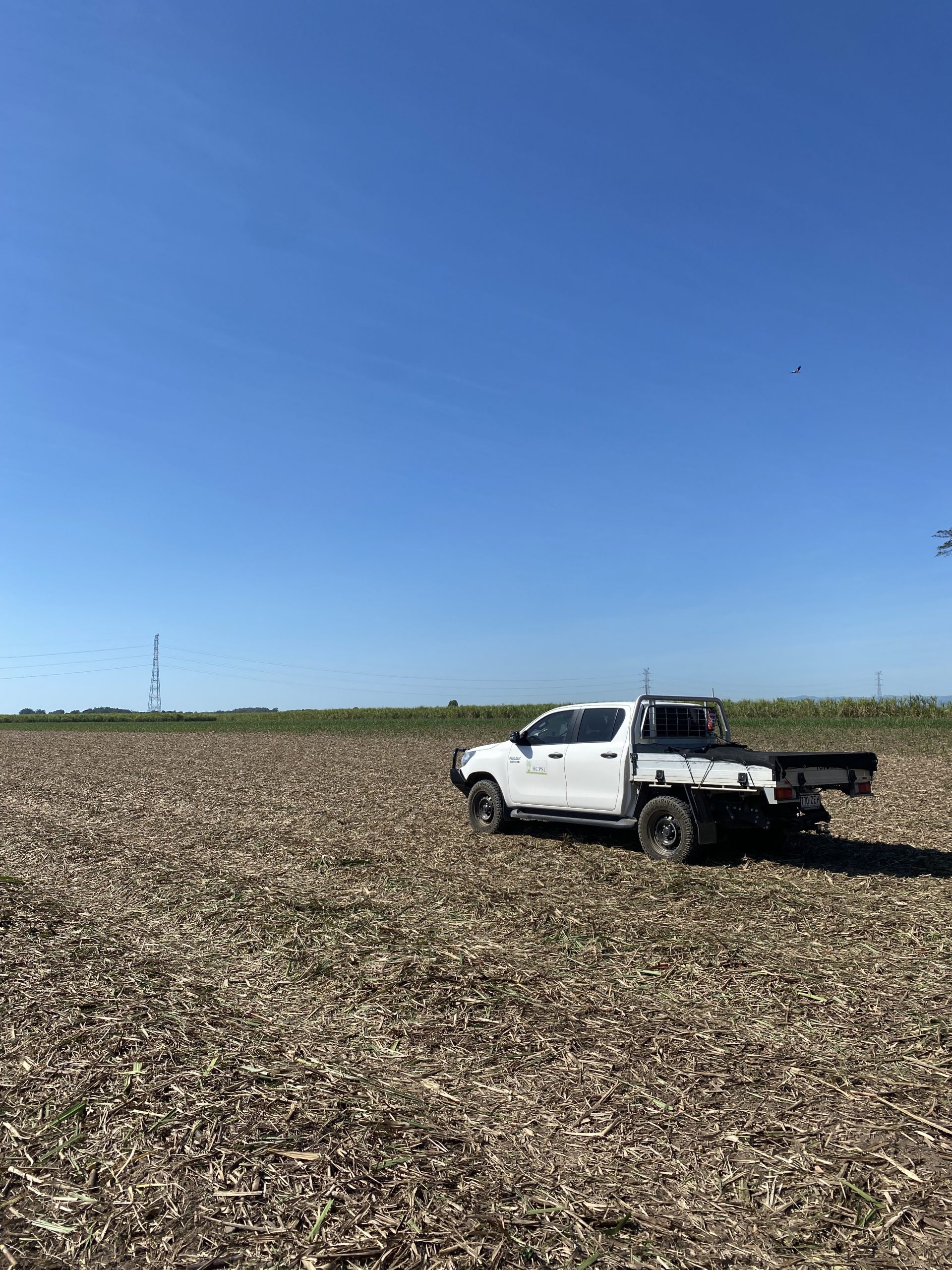
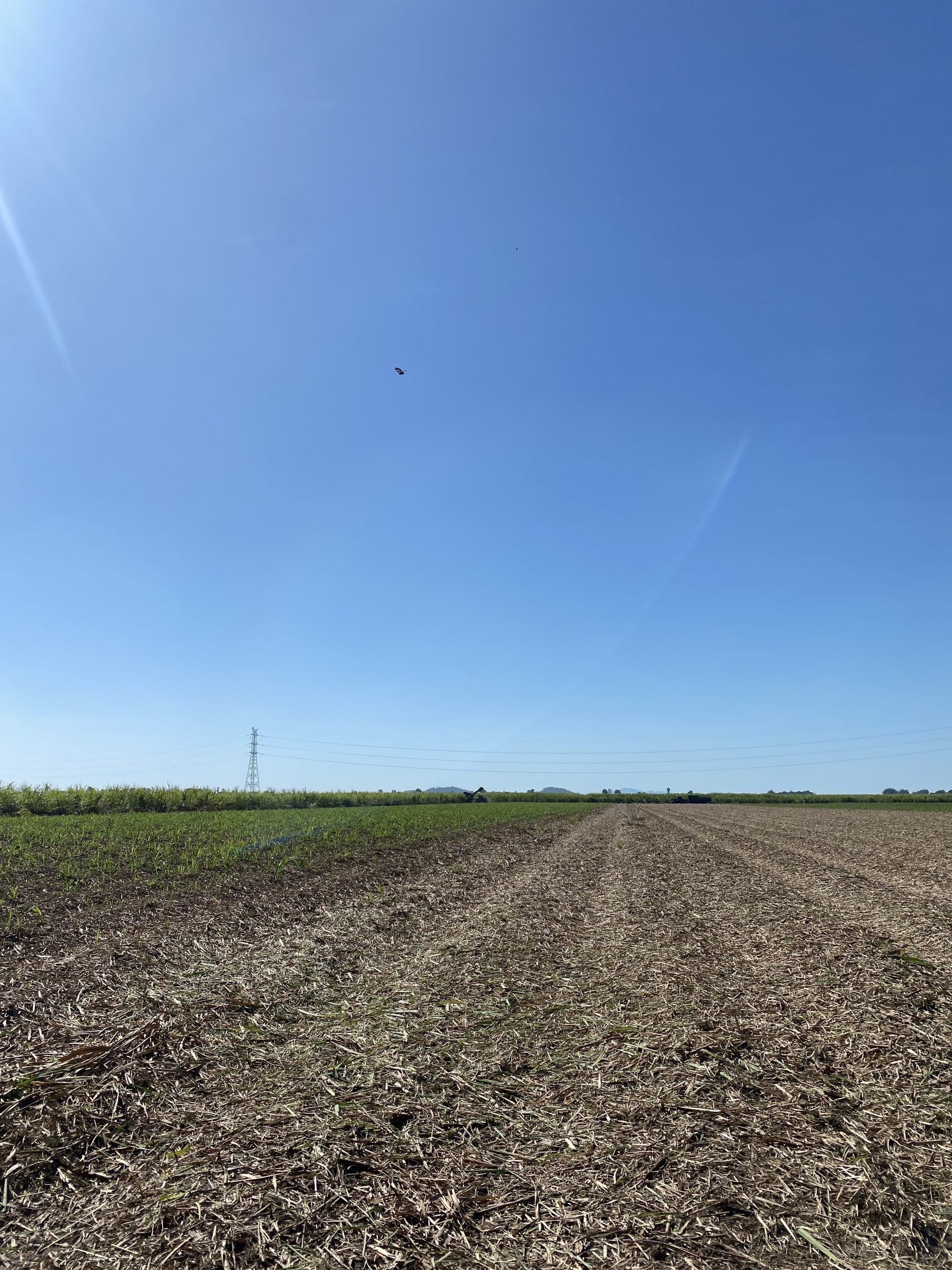
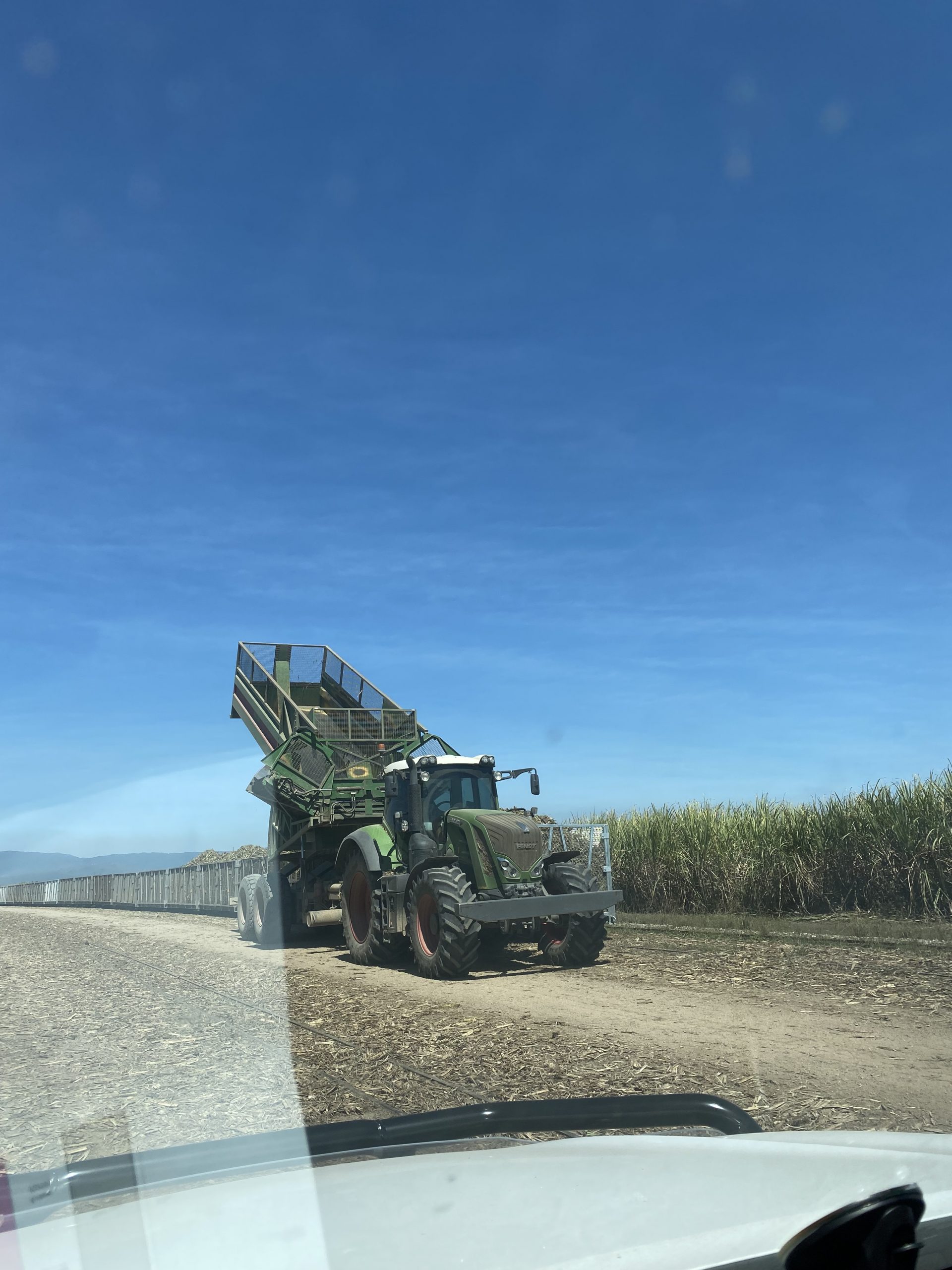

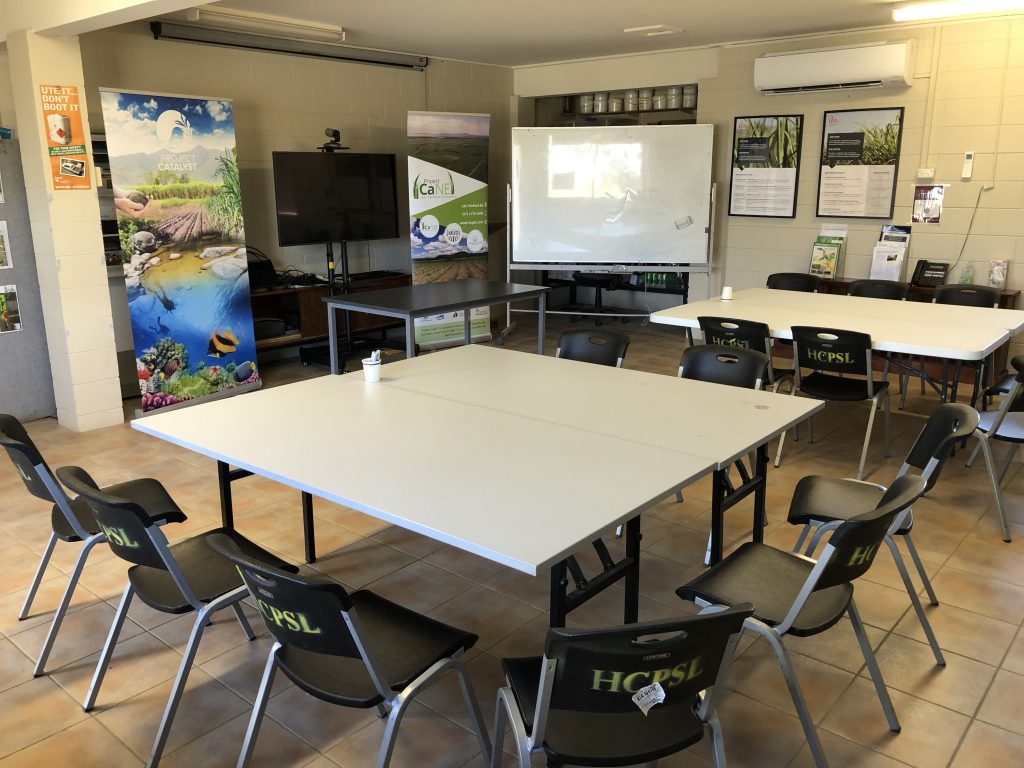




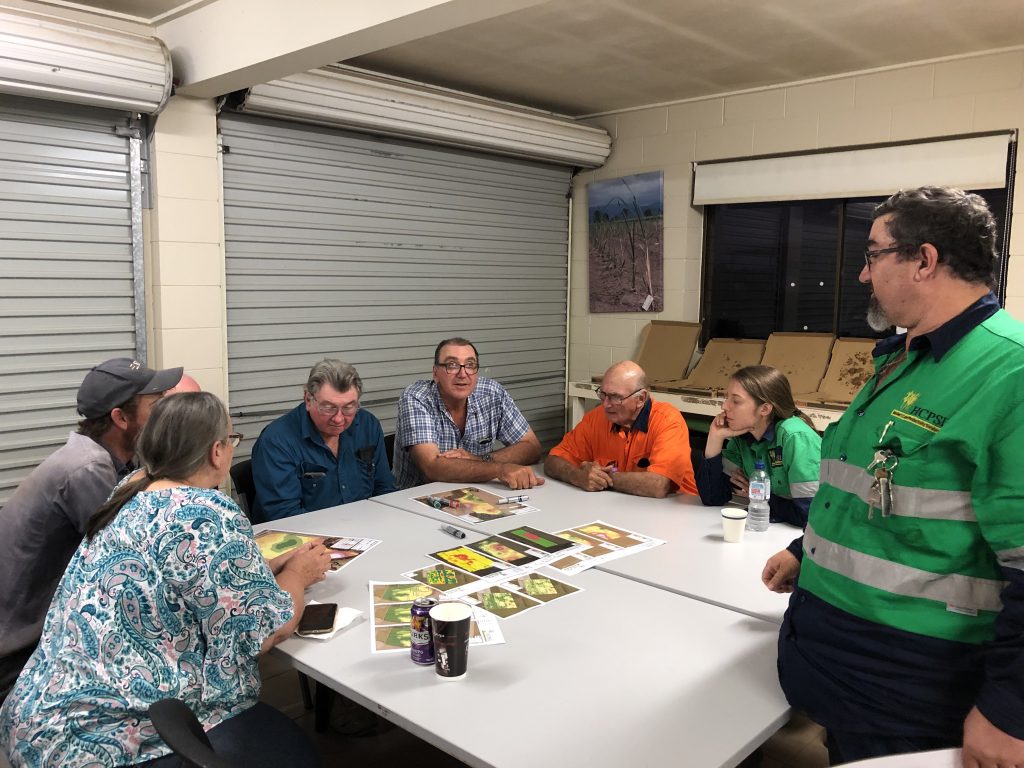

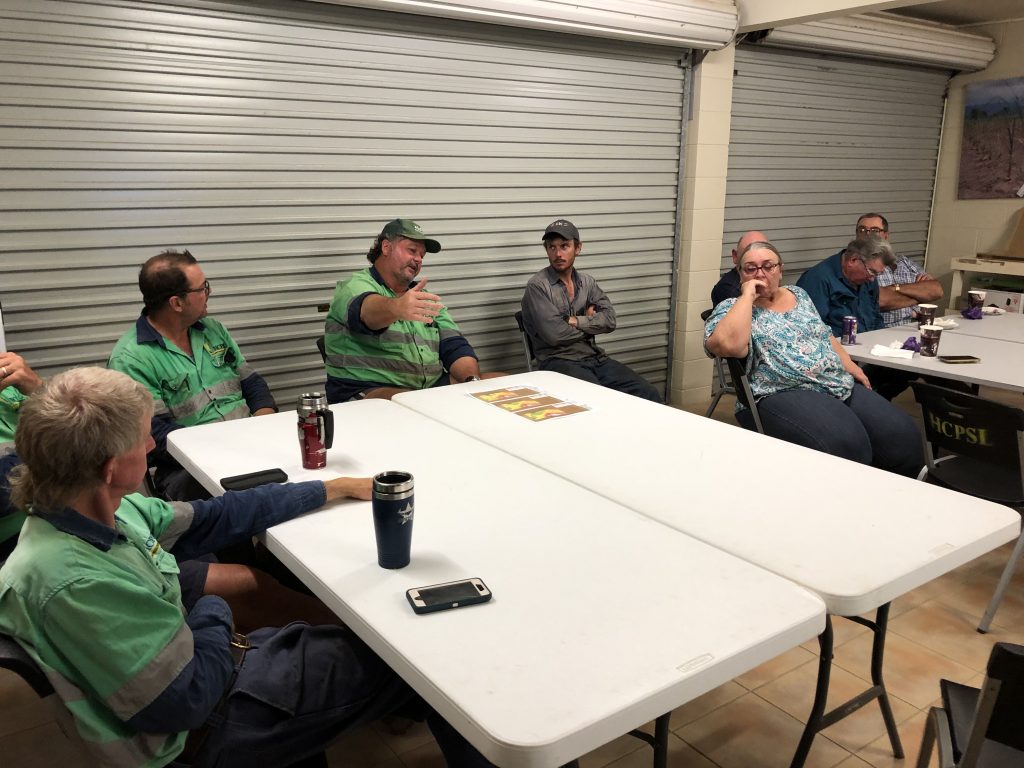












Recent Comments